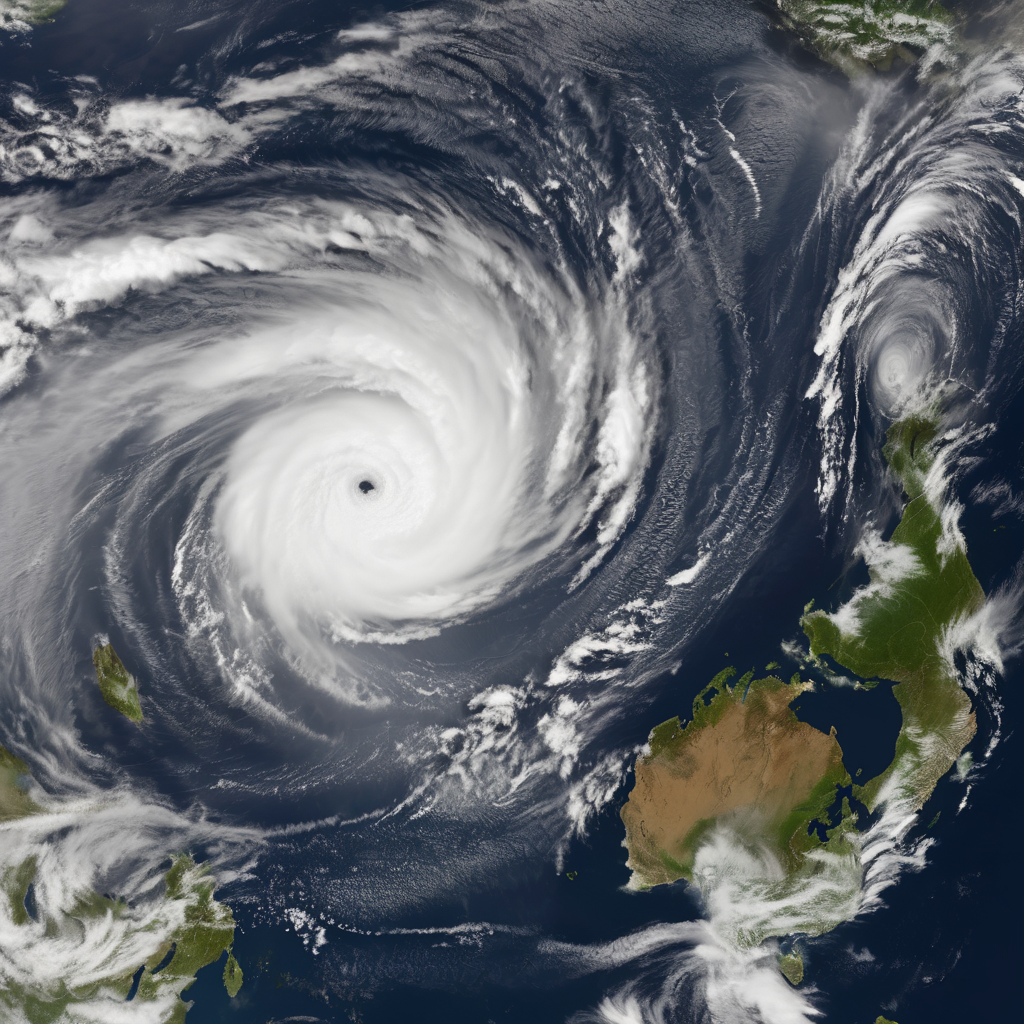The recent devastation caused by Typhoon Kalmaegi in the Philippines has led to a tragic rise in the death toll, which now stands at 114, according to disaster agency reports. The storm left another 127 individuals unaccounted for as it intensifies on its path toward Vietnam, where authorities have prepared for substantial rainfall and strong winds threatening to cause further flooding.
Cebu province, the hardest hit in the Philippines, reveals the full extent of the destruction as floodwaters recede, unearthing flattened homes, abandoned vehicles, and streets cluttered with debris. Over 200,000 people evacuated prior to the typhoon’s arrival on Tuesday are now grappling with the aftermath. Many have returned only to find their homes utterly destroyed, while others are engaged in strenuous cleanup efforts, clearing mud from their residences and neighborhoods.
Raffy Alejandro, a senior civil defense official, emphasized the urgent need for debris removal to facilitate ongoing relief efforts and to search for the missing who may have been trapped. As Typhoon Kalmaegi continues its journey over the South China Sea, meteorologists are already tracking another potential storm developing to the east of Mindanao, raising concerns for the coming week.
This marked Kalmaegi as the 20th storm to impact the Philippines this year, arriving on the heels of a recent magnitude 6.9 earthquake in northern Cebu that had already inflicted significant devastation, resulting in numerous casualties and widespread displacement.
In Vietnam, the situation is equally critical as approximately 350,000 people are being evacuated in Gia Lai province in anticipation of the storm’s impact. Officials are prepared for potentially damaging effects on agriculture, particularly in key coffee-growing regions where the storm might coincide with the harvest season.
Emergency personnel are being mobilized across regions to assist in evacuations and recovery operations, illustrating the strength of community resilience amid adversity. As the affected areas face the compounded threats of weather-related disasters, the hope remains that with coordinated efforts, recovery and rebuilding will follow this challenging period.
